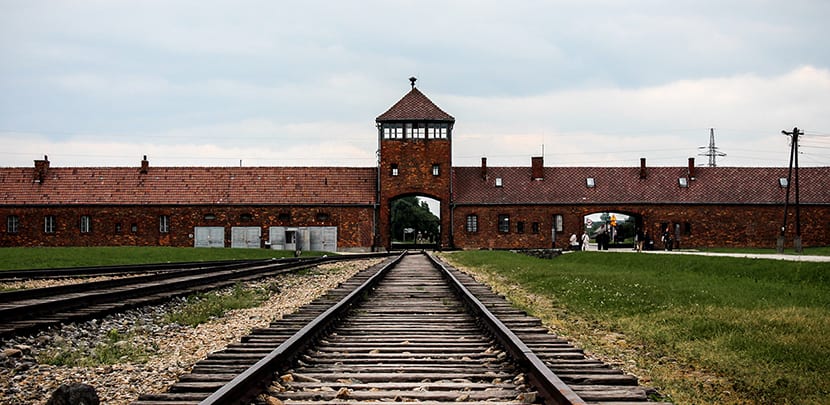
One of the lessons that the Second World War it has to do with how horrible human hatred, discrimination, xenophobia can be. More than 70 years after the end of such a war, the world does not seem to have learned its lesson. Auschwitz is there to remember.
Sure it is not a common tourist walk, much less fun, but I think it has the power to put us on the axis. When we complain about neighbors, immigrants, different people, when discomfort turns into annoyance and anger, then we should remember history so as not to fall into the same horror again.
Auschwitz
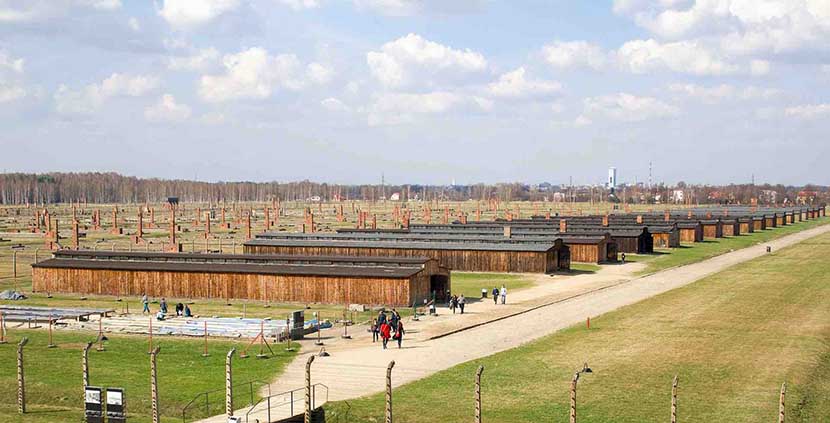
During World War II Germany invaded many nations of Europe and one of them was Poland. The Nazi machinery manufactured tanks, planes, submarines and bombs and at the same time annihilated millions of people in the most orderly and detailed way possible. That's what the Death camps and the best known was Auschwitz.
Actually was born as a single field and eventually became a complex of three: Auschwitz I, Auschwitz II - Birkenau and Auschwitz III - Monowitz, to which were added several dozen more, of inferior or subordinate character. This complex is in Poland, about 43 kilometers Krakow. It is estimated today that it devoured more than a million people of the three million and something who had the misfortune to fall there.
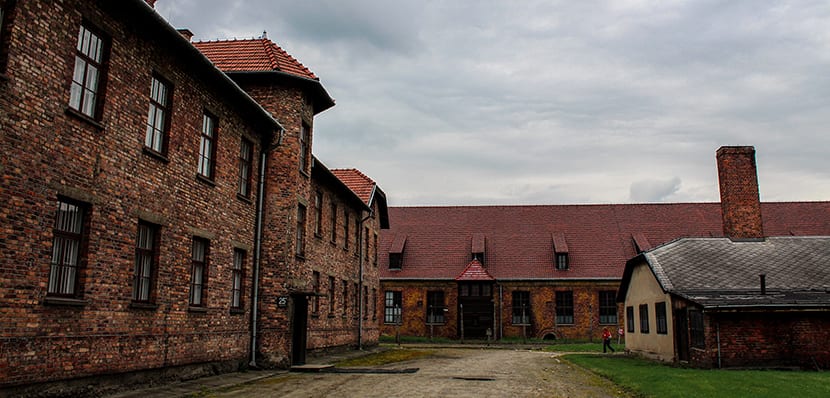
The concentration and extermination camps they were controlled by the SS, the Schultztaffel or protection brackets, a military, police and security organization that was at the service of the National Socialist Party and, with the war, acted in all the occupied territories. You can calmly think of a kind of Inquisition.
Auschwitz I was the administrative center of the complex through which they passed and in which not only Jews but also political dissidents, workers or gypsies died. The idea for the construction of the camp came from Himmler, a high-ranking member of the SS since 1925. He appointed its first commander, Rudolf Hoss, in charge of the new camp since 1940.
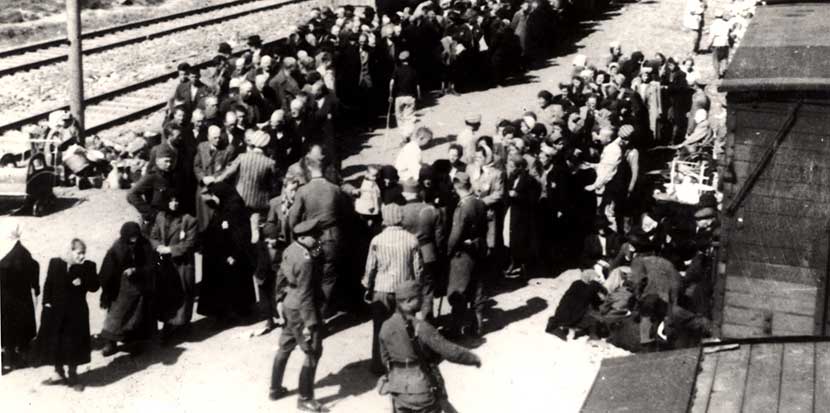
This field was built in the town of Auschwitz, in the High Silence, an area that had to be ceded to Poland with the signing of the Treaty of Versailles. It was inhabited by about 1400 people and the majority were Jews. The first objective of the field was to subdue the population and turn it into labor.
The first prisoners were just over 700 Polish political activists who were left under the gaze of German criminals brought especially to be heads, capos, special prisoners who fulfilled administrative and control functions.
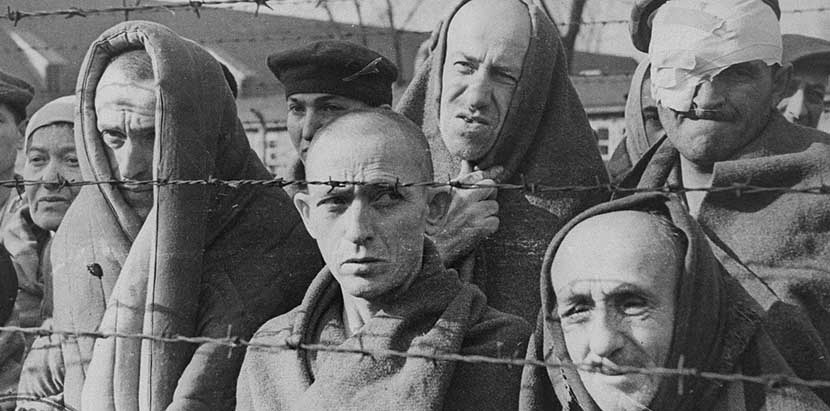
Jews, Polish politicians, homosexuals, common prisoners, they all fell here. The figure always hovered between 13 and 16 thousand people although in 1942 there were about 20 thousand prisoners. They worked from sunrise to sunset in the weapon factory and due to the terrible health and food conditions mortality was always high. Obviously, later the deaths would be added on purpose, due to the gas chambers that were installed after 1941.
In Auschwitz I there were also a couple of laboratories, one agricultural and the other in charge of human research by Dr. MengeleAnd as if that were not enough such a horror a brothel that was used by prisoners with privileges and that used the prisoners as prostitutes.
Meanwhile Auschwitz II - Birkenau is the one we all think of when we talk about Auschwitz. It is here that thousands of Jews and Gypsies were locked up and exterminated. It is about three kilometers from the first and had several sections. It came to house a hundred thousand people. Here you don't work, here you were exterminated and that's why there were four crematoria with gas chambers that could gas 2.5900 people per shift.
People died quickly and after checking the bodies to remove the gold pieces they went to the crematorium. Everything as in a factory, step by step. So many people passed through here that there were days when the ovens were not enough and the bodies had to be burned in bonfires.
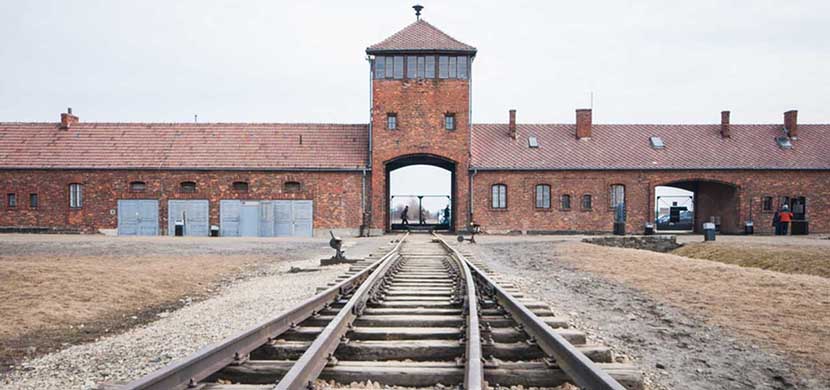
Auschwitz II - Monowitz It was one of the secondary fields and was related to the IG Farben company for the production of synthetic rubber and liquid fuel. The sick or the weakest were referred to the other camps for execution and thus the rotation was permanent.
The numbers that history gives us speaks of what just over a million people died here and that 90% of them were Jewish. Polish, Hungarian, French, Dutch, Greek, Austrian, German, and Nazi-occupied Jews from many other Nazi-occupied nations, as well as Soviet and Gypsy prisoners. And one more thing: only the prisoners of Auschwitz were tattooed.
Visit Auschwitz
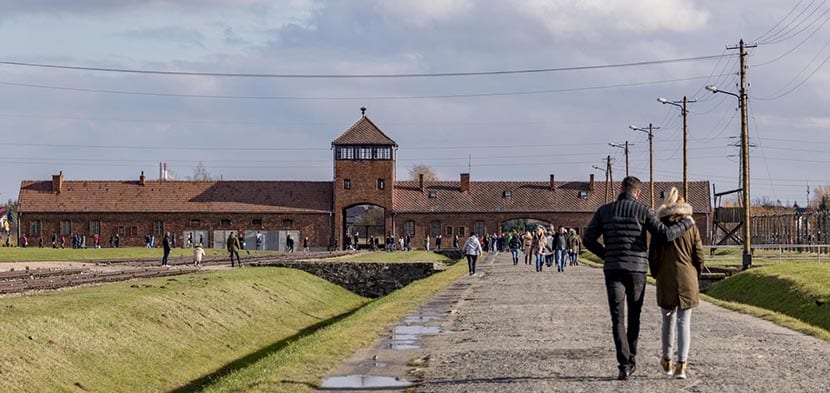
You can do it on a tour which today is around 40 euros with transfer, entrance to the fields and specialized guides, or also you can go on your own by train or car. By train you can get to Oswiecim station, which is the closest, and from here take a taxi or a local bus. By bus from the same central station in Krakow that connect the capital with the fields directly.
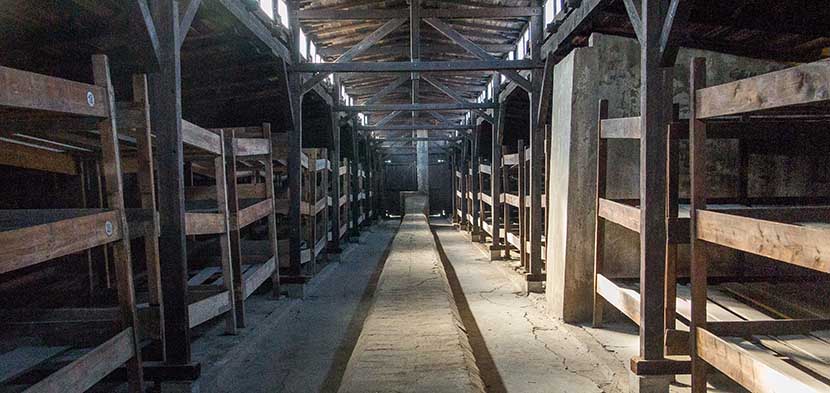
The golf complex is open every day from 7:30 am to 2 or 7 pm, depending on the time of year. For the visit, it is advisable to book by entering the corresponding website (visitauschwitz.org) and choose your day of visit. Once you select it, you can book the tour in different languages. You have there the places that are available in the groups and the schedule. For example, a visit with a guide in Spanish for next May 25, Saturday, costs 60 zlotys, about 14 euros.
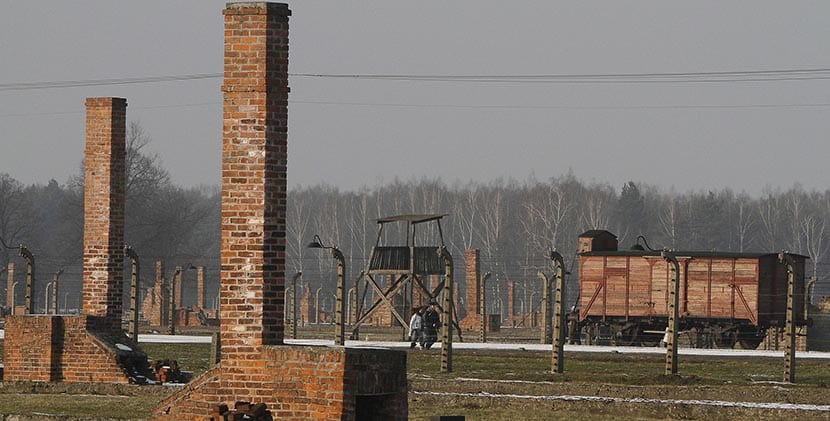
The general tour is from two and a half to three and a half hours, there are study tours and individual visits can last up to three and a half hours. If you are going to want a guide then you must make the request and reserve at least five days in advance. There are permanent exhibits in the complex so it's a good idea to plan your visit.
As well there is a museum and a memorial. The museum is located on the outskirts of the city of Oswiecim, on national route 933, two kilometers from the train station and can be reached by bus. The entrance to the memorial gardens is free but you must reserve the entrance on the website. The use of guides has a charge, obviously. On the other hand, the surroundings of Auschwitz I and II can also be visited with the times of each one of us.